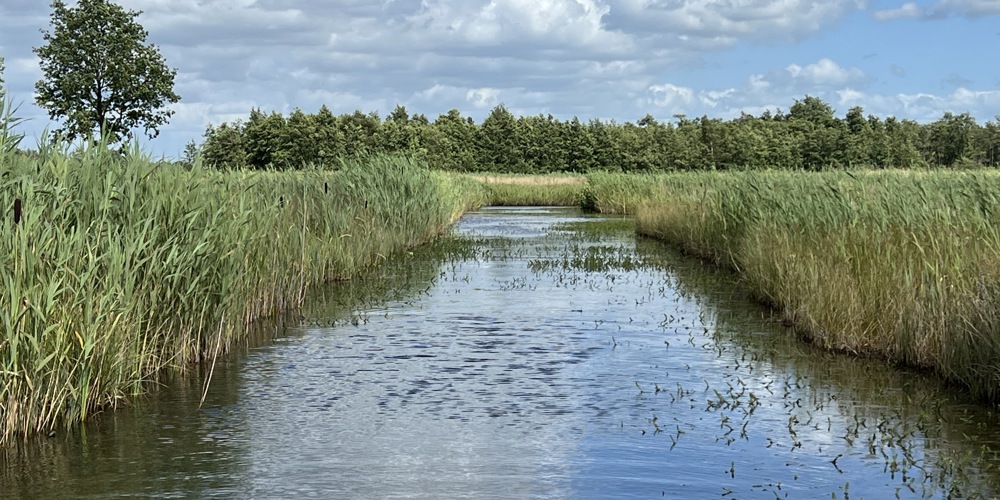Control of Invasive Exotic Aquatic Plants in Weerribben-Wieden (LIFE-IAAS)
The Dutch Kop van Overijssel region is home to the Weerribben and the Wieden, two unique natural areas that together form the largest contiguous lowland peat area in Northwest Europe. Rare species of flora and fauna can be found in these areas, that are protected under the EU Habitats Directive.
This fragile ecosystem is threatened by invasive alien aquatic species (IAAS), such as Cabomba caroliniana and Myriophyllum heterophyllum. The province of Overijssel had joined forces in het LIFE IAAS project with Waterschap Drents Overijsselse Delta, the Municipality of Steenwijkerland, Natuurmonumenten and Staatsbosbeheer to work to remove these invasive alien aquatic species and restore the indigenous nature.
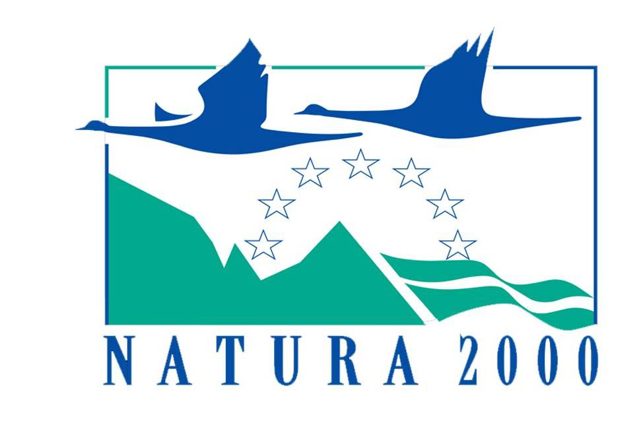
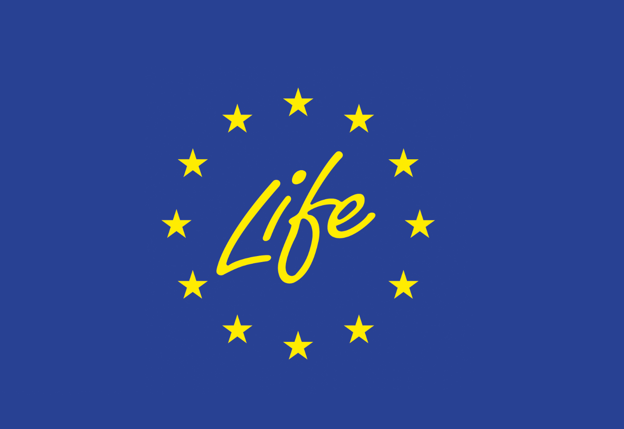
Invasive Alien Species
Project Activities, Progress, and Results
European LIFE Grant Approved
On June 6, 2024, the province of Overijssel, Waterschap Drents Overijsselse Delta, the Municipality of Steenwijkerland, Natuurmonumenten and Staatsbosbeheer signed the Grant Agreement (GA) and the Consortium Agreement (CA). These official documents mark te formal initiation of the European LIFE subsidy.
Maurits von Martels, member of the executive board for Agriculture and Nature of the province of Overijssel, stated, “The fight against invasive exotic aquatic plants is crucial for preserving nature in the Weerribben-Wieden. Thanks to the European contribution of more than €4 million and the partnership, we can implement effective measures to tackle this threat. This project exemplifies how collaboration and shared responsibilities can lead to the protection of our conservation areas.”
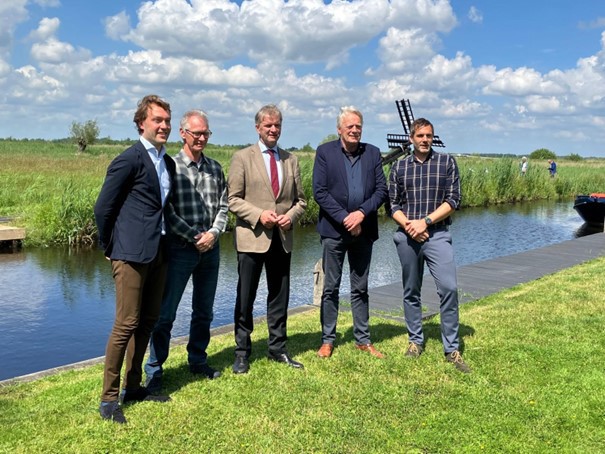
Exotics from the Waterways
In the summer of 2024 a project group worked in National Park Weerribben-Wieden to create awareness about invasive exotic aquatic species in this area. This initiative targeted residents, tourists, and businesses affected by these species. As part of this project, the 'Exotics from the Waterways Day' was organized on September 21. During this information market, hosted at the outdoor center in Ossenzijl, visitors learned about Cabomba caroliniana and Myriophyllum heterophyllum. Attendees could join a ranger for a boat ride, help rake invasive species from the waterways, and attend a lecture by an ecologist.
Progress and Results
The two invasive exotic species are mechanically removed twice a year, using a so-called rake boat. This occurs in late spring and late summer. After the mechanical removal, manual removal follows for small remaining growth areas, particularly in locations that the rake boat cannot access. Monitoring will determine whether the removal has been successful, or if more intensive or alternative control measures are necessary.
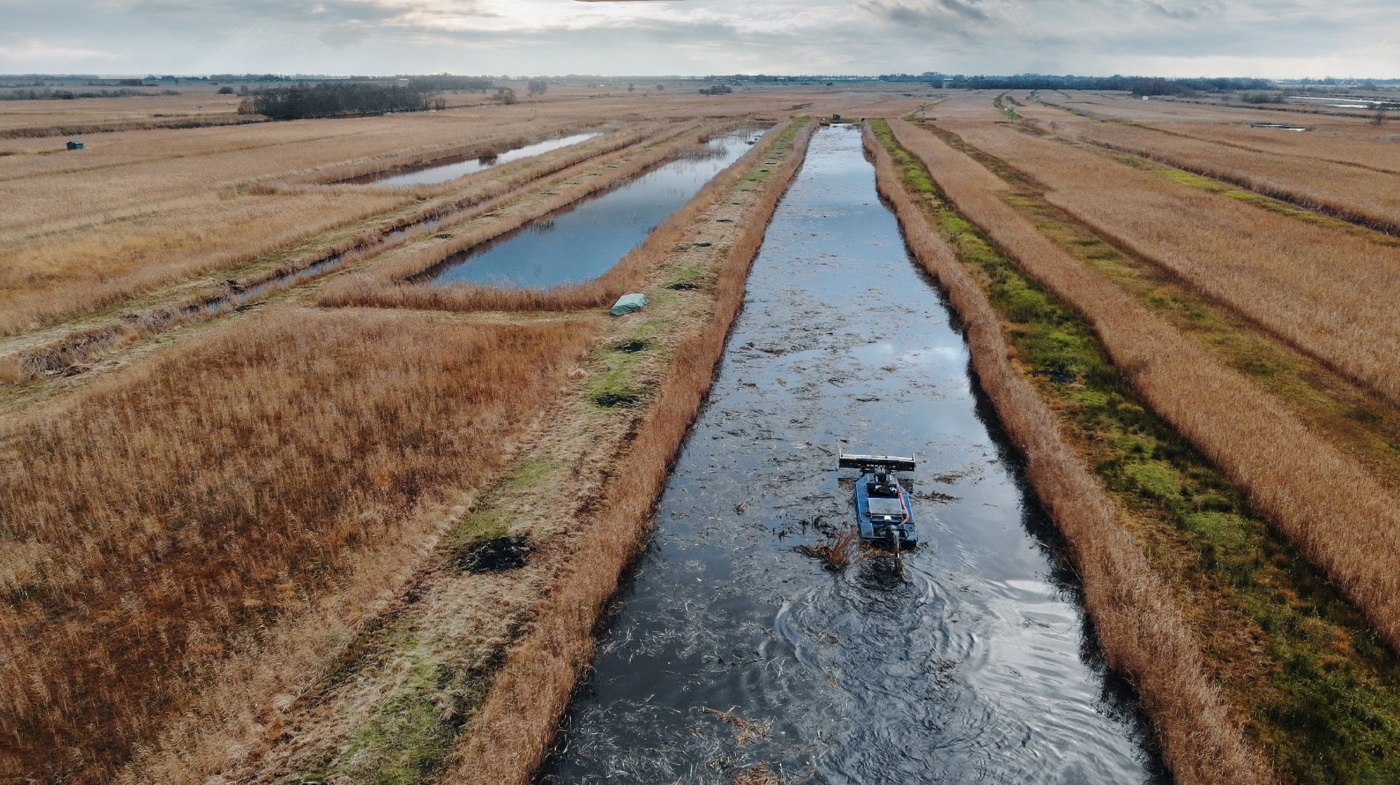
Key Data
- Project Name: Protection of Peat Areas against Invasive Alien Aquatic Plants (PeatProtect IAAS)
- Project Code: : IAAS-101148341
- Duration: 60 months (2024-2029)
- Total Budget: €7.166 million
- LIFE Contribution: €4.3 million
- Project Location: Northwest-Overijssel (NL), municipality Steenwijkerland
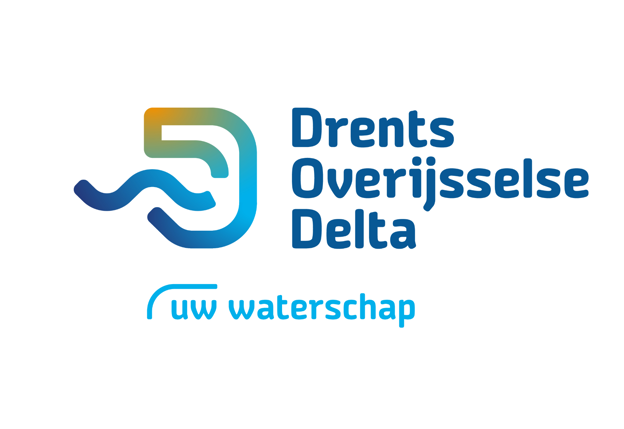
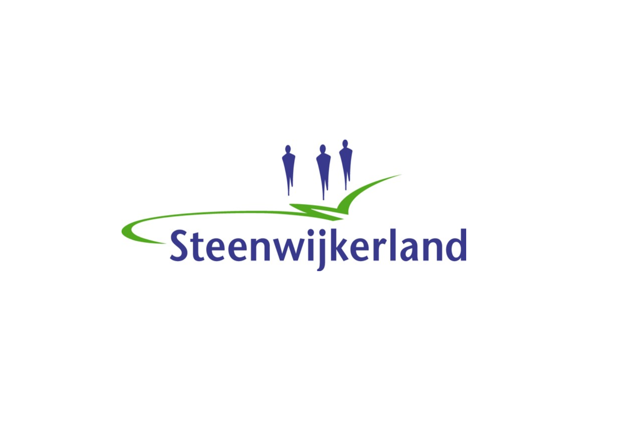
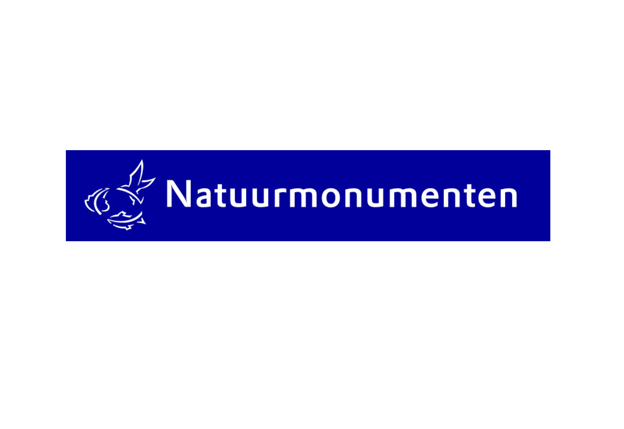
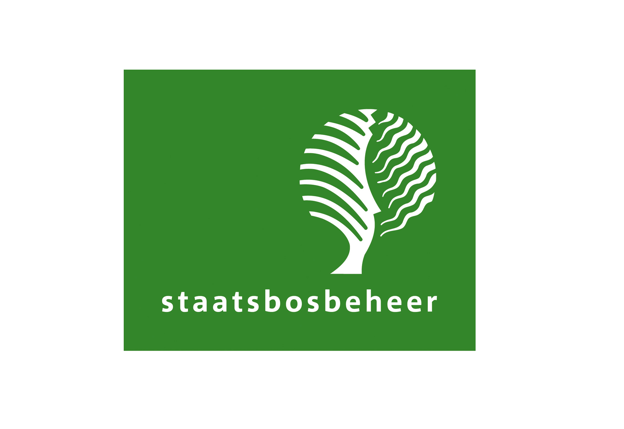
Plans, Studies, Reports, and Brochures
On this webpage 'Control of Invasive Exotic Aquatic Plants', you can follow the latest developments in this project.

